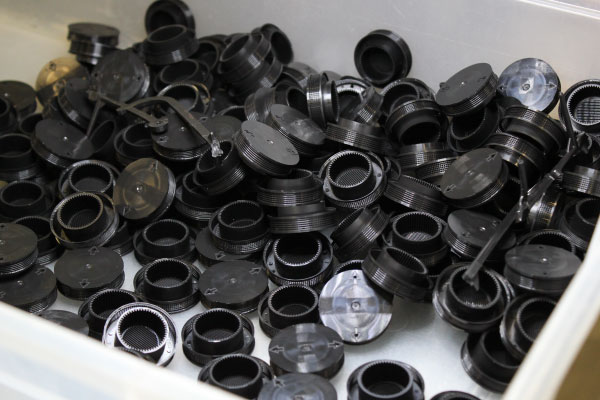Moving from one plastic injection molder to another can be the result of a number of considerations. Whether the reason is for logistics, better cost, supply chain issues, higher quality, or a number of other factors, there are a series of considerations that should be taken into account while transferring over the tooling and molds. By keeping these tips and tricks in mind, transferring molds from one molder to the next will be smooth and painless for both the customer and the new molder.
Agreements
The first step is to ensure that the agreement protects the interests of all parties involved over the length of the agreement.
Information and Communication
Before making a transfer to the receiving molder, the customer should ensure that all material specifications, CAD 3D files, 2D files, and quality control documentation is accounted for, and is ready for the hand-off. Material specifications include communicating whether the material must be virgin only, must have material certifications, and if there are any raw materials, colorants, packaging, or inserts that will need to be purchased from the current vendor.
It’s also important to evaluate the receiving plastic injection molder. Schedule time with the new molder to conduct on-site assessments of the facilities, and meet with the team. Come prepared with questions, and try to detail the whole production process, from the time the order is received, to when it leaves the docks. The more due diligence conducted early-on, the easier it will be to establish a strong network of communication, informing the working relationship for the future.
Create Safety Stock
Based on the agreed-upon transfer schedule, the prior facility will need to run an amount of safety stock to cover the time for transferring the tooling and equipment to the new injection molder. The exact amount will be determined by the initial assessment of the facility, but a fair amount would be a minimum of 8 weeks of safety stock to cover the transfer time. It’s always better to be over-prepared rather than underprepared when transferring over molds.
Validation
The new injection molder will need to conduct a thorough inspection of the tools to assess any maintenance and repairs necessary for gauges, fixtures, and post-processing equipment. Additionally, they will need to produce sample parts to validate part qualifications against “golden samples” provided by the customer, to ensure that quality is being met at the agreed-upon standard prior to committing to a full production run. Once sign-off is given by both parties, the full transfer should be completed, and the production of the parts can resume as normal.
Entrusting a new plastic injection molder with a mold can be a daunting decision. At Hansen Plastics, there is a steadfast commitment to the customer as part of HPC’s overall mission to providing the highest quality injection molded products to a diverse client base, ensuring customer satisfaction, trusting relationships, and sustainable, profitable growth. These are values held by each employee-owner of HPC as they extend a welcoming hand to all new clients and opportunities. For over 40 years, Hansen Plastics has been committed to building long-lasting relationships, which requires an unwavering dedication to quality and consistency in injection molding, to help establish and retain trust with all HPC customers. If you are looking for a trusted, experienced plastic injection molder to handle your products, reach out to HPC today, or visit HansenPlastics.com for a full view of HPC’s capabilities.



